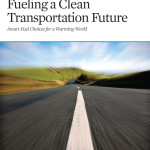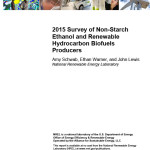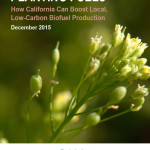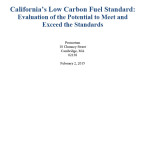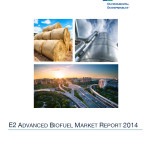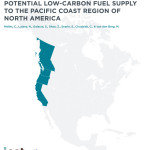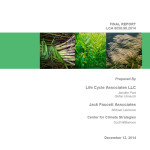Filling up on algae-based diesel
In late 2012, I filled up my Volkswagen TDI on diesel that’s partially blended with Solazyme’s algae-based oil. The partnership between the two companies is further evidence that the advanced biofuel industry is scaling up to meet California’s low-carbon transportation needs.
One prominent global company that’s entered into a partnership with Solazyme is Volkswagen. In two models, the Jetta and the Passat, Solazyme’s test drivers regularly rack up miles fueled by a 100-percent-algae-based renewable diesel.
When Solazyme road tests these two cars, their trunks are filled with computers and other high-tech devices that help Solazyme and VW analyze the vehicles’ performance. While these computers are no doubt helpful tools, perhaps I can offer my own personal analysis: the partnership works.
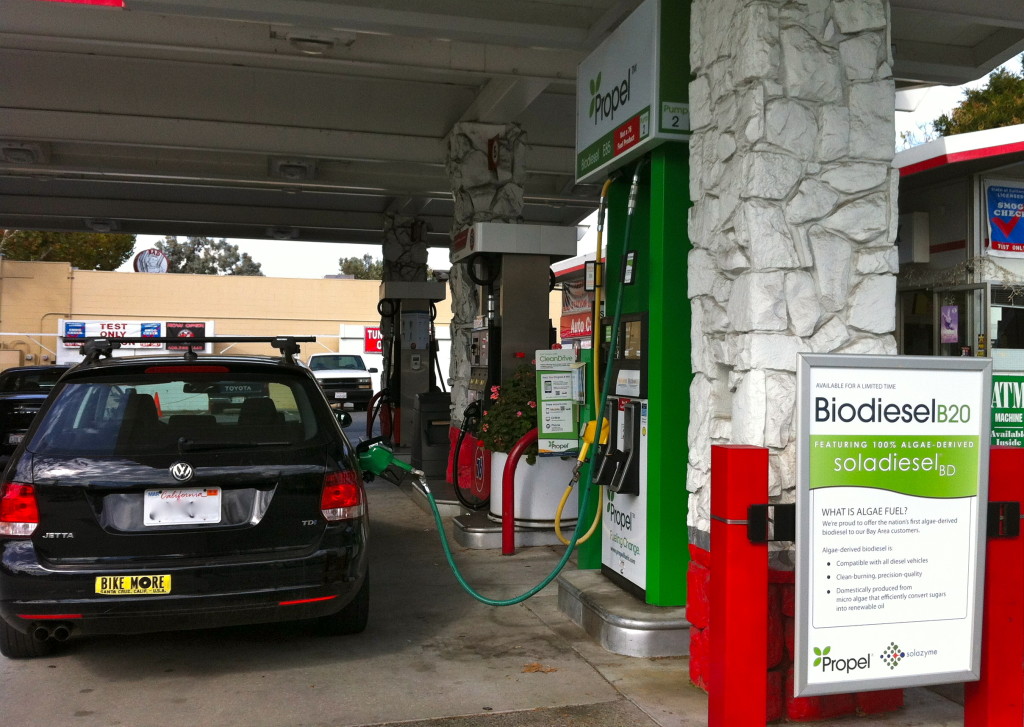
Soladiesel, a diesel blend made from Solazyme’s algae-based oil, is pumped into a Volkswagen Jetta TDI. Solazyme has partnered with Volkswagen to test its biofuel products and promote automotive use of renewable fuel.
I’m a clean fuels analyst at Environmental Entrepreneurs. Last fall, I took my car – a Volkswagen TDI – to a retail fuel station operated by Propel Fuels on First Avenue in San Jose. I filled ‘er up with Soladiesel, a diesel that’s partially blended with Solazyme’s algae-based oil, and then I hit the road.
While driving around, I felt no change in performance. It was absolutely the same as petroleum-based diesel, down to the price I paid at the pump ($4.19, the same as the diesel across the street). Should I have expected anything different? Nope. And that’s the whole point. The advanced biofuels being produced today are “drop-in” replacements for petroleum products.
However, what was different was my reaction to the experience of fueling up my VW with Solazyme’s fuel. I knew that the fuel I was using was relatively clean-burning. It was American-made fuel sourced from domestic feedstock. I have visited Solazyme’s headquarters in South San Francisco and was fascinated at the depth and breadth of algal products this company is developing, from cosmetics to fuels to new flour alternatives. I got to sample a chocolate cookie made from algal flour, which had all the delicious taste of a fatty, sweet cookie without the cholesterol, saturated fat, or calories. The folks at Solazyme see lots of potential to transform school lunches by providing kids with delicious treats like this that provide protein and fiber. Pretty amazing stuff.
To visit the people who provide petroleum, who knows where I’d have to fly. Venezuela? Saudi Arabia? Libya? And how about a petroleum cookie? No thanks, I’ll pass.
As I was filling up with Solazyme’s fuel, I captured the moment with a picture. I was happy. I was excited. Now normally I don’t document my fueling station experience. But when filling up my VW with a cleaner-burning fuel, I was struck by the sense that when it comes to the fuels we use in California and across the country, things are changing.
Advanced biofuels are here. Their production is growing, along with their availability for consumers.
Filed in: Blog • Mary Solecki






